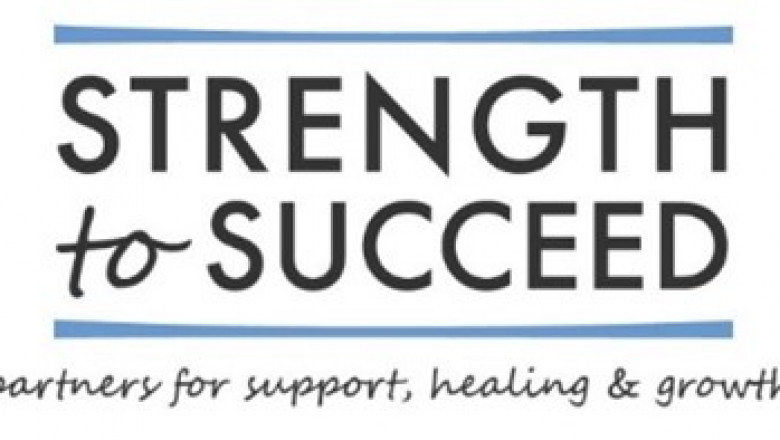views
Healing and Strength: The Twin Pillars of Human Resilience
In life’s most challenging moments—when pain becomes unbearable, loss feels overwhelming, or fear looms like a shadow—it is healing and strength that carry us through. These two forces, though often misunderstood, are not only interconnected but also essential for personal transformation and inner peace. They are not destinations but processes, unfolding slowly through time, self-awareness, and deliberate care.
Understanding Healing: A Journey, Not a Cure
Healing is frequently mistaken for the absence of pain or the complete resolution of a wound. But in truth, healing is a process of becoming whole again, even when some scars remain. It is an act of courage, not just recovery. It is learning how to live with pain, how to transform sorrow into wisdom, and how to grow stronger in the broken places.
Types of Healing
-
Emotional healing is the act of processing grief, heartbreak, betrayal, or trauma and learning to love and trust again.
-
Physical healing involves recovering from illness, injury, or surgery—requiring patience, discipline, and rest.
-
Spiritual healing is the quiet reawakening of faith, purpose, and inner peace, often after a crisis of belief.
-
Psychological healing deals with overcoming mental distress, anxiety, depression, or childhood wounds.
Regardless of its form, healing is not linear. There will be days of progress and days of retreat. What matters most is continuing to show up for the journey, even when progress is invisible.
The Role of Strength in the Healing Process
Many associate strength with stoicism or the suppression of pain. However, true strength lies not in hiding our wounds but in facing them with honesty and grace. Strength is not about denying tears, but allowing them to fall and still choosing to rise.
What Real Strength Looks Like
-
Resilience in the face of setbacks
-
Kindness to oneself during vulnerable moments
-
The will to continue when life feels unbearable
-
The bravery to ask for help
Strength is the partner of healing. One cannot fully heal without strength, and strength is forged in the fires of healing. Every time we refuse to give up, every time we choose growth over bitterness, we are flexing the deepest kind of strength.
Healing Through Acceptance
One of the first and hardest steps toward healing is acceptance. This doesn't mean approval of the pain or injustice, but rather an acknowledgment that it happened, that it is part of our story.
Acceptance allows us to stop resisting reality and start working with it. It shifts our focus from “Why me?” to “What now?” and this question opens the door to growth, meaning, and eventual peace.
The Power of Forgiveness in Healing
Forgiveness—whether extended to ourselves or others—is among the most potent forms of emotional healing. Carrying resentment is like dragging heavy chains. To forgive is not to excuse harmful actions, but to release ourselves from the prison of bitterness.
When we forgive, we reclaim our power, we sever the emotional ties that bind us to pain, and we free our hearts for joy and light.
Building Strength Through Adversity
We often underestimate our strength until we are forced to confront our deepest trials. Adversity has the power to either break us or reveal the warrior within.
History and literature are filled with individuals who became stronger not in spite of hardship, but because of it. Their stories remind us that strength is built in small, invisible victories—getting out of bed when depressed, showing up to work after loss, or saying no when fear says yes.
We don’t become strong by avoiding pain; we become strong by walking through it and emerging wiser.
Tools for Healing and Strengthening the Spirit
There are practical ways to nurture healing and build inner strength:
1. Journaling
Writing allows emotions to surface safely. It helps process events and clarify thoughts.
2. Meditation and Mindfulness
These practices quiet the mental noise and ground us in the present, where healing truly happens.
3. Therapy and Support Groups
Speaking with a counselor or connecting with others who share your struggle creates a sense of shared humanity and guidance.
4. Movement and Exercise
Physical activity not only heals the body but strengthens the mind. It releases endorphins and improves mood.
5. Creative Expression
Art, music, and writing are powerful outlets for pain and can transform suffering into beauty.
6. Rest and Nutrition
The body cannot heal without proper sleep, hydration, and nourishment. Physical self-care is the foundation of emotional resilience.
Celebrating Progress, Not Perfection
Healing and strength are not about becoming perfect. They are about becoming more honest, more present, and more aligned with our true selves. Every step forward—no matter how small—is worthy of celebration.
You may fall. You may fail. You may feel lost. But if you choose to stand again, breathe again, and believe again, you are healing. You are strong.
Final Thoughts: You Are Both the Healer and the Hero
We each carry the capacity to heal ourselves and to strengthen others. Within us lies an untapped reservoir of resilience, compassion, and wisdom. When we allow our emotions to flow, when we hold ourselves with grace, and when we dare to grow in the aftermath of pain, we embody the purest form of healing and strength.














Comments
0 comment